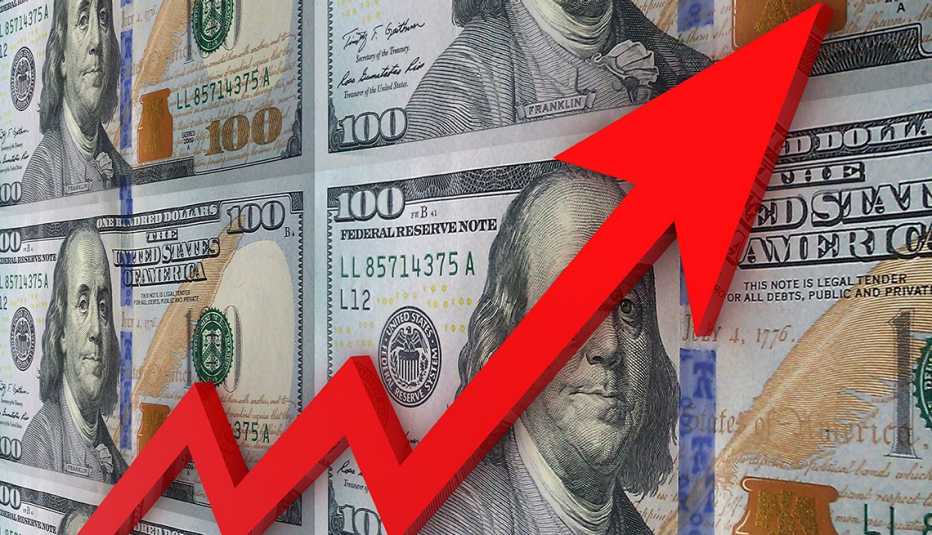Staying Fit


One of the first provisions of the Inflation Reduction Act — designed to help lower prescription drug prices — that is taking effect is the requirement that pharmaceutical companies that raise the price of their products more than the rate of general inflation will have to pay Medicare a rebate for those outsize price hikes.


AARP Membership— $12 for your first year when you sign up for Automatic Renewal
Get instant access to members-only products and hundreds of discounts, a free second membership, and a subscription to AARP the Magazine.
Starting in 2023, companies that market both Part D prescription drugs, which beneficiaries buy at the pharmacy, and Part B drugs, which are typically administered in doctors’ offices, will face penalties if they increase prices more than the rate of inflation. The rebates the companies owe will be the amount they raised a drug’s price above what the price would have been if it had been raised at or less than inflation, multiplied by what Medicare paid for all sales of that drug.
The U.S. Department of Health and Human Services (HHS) will regularly look at prescription drug price increases. Then the HHS secretary will report to manufacturers what rebates they owe. The companies will have 30 days to pay Medicare. Drugmakers that don’t comply initially will have to pay a penalty that’s 125 percent of the rebate they owe the program.
This provision “is going to discourage drug companies from making those big annual price increases that often exceed inflation,” says Leigh Purvis, AARP’s director of health care costs and access, and coauthor of AARP’s “Rx Price Watch” report, which has tracked the trajectory of pharmaceutical prices since 2006.
The 2021 AARP “Rx Price Watch” report found that in 2020, prices for 260 widely used medications increased 2.9 percent while the general rate of inflation was 1.3 percent. The report also found, for example, that between 2015 and 2020 the annual price of Victoza, a diabetes medication, increased by 42 percent, with the price of a year’s supply rising from $7,936 to $11,300. During that same period the price of Lyrica, used to treat fibromyalgia, increased by 47 percent — from $5,827 a year to $8,562.

































































More on politics-society
Volunteers Made a Difference in Historic Medicare Vote
Volunteers nationwide asked lawmakers to offer relief from prescription drug prices
Prescription Drug Win Caps AARP’s Yearslong Fight for Lower Prices
The power of tens of millions of 50-plus adults led to a historic victoryHow States Helped Lower Prescription Drug Costs
The sweeping federal bill aimed at cutting drug costs follows years of action at the state level